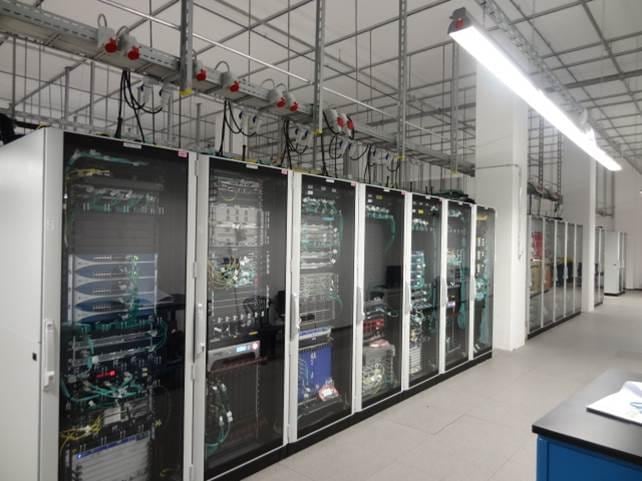It's been two years since the Joint Information Environment reached initial operating capacity, and officials at the Defense Department say the enterprisewide movement to coordinate military IT expands every day.
Those two years have been marked by DoD's fair share of scrutiny and skepticism, but it's tough to argue with evidence laid out by leaders at the Defense Information Systems Agency, which is helping lead the integration central to JIE efforts.
"Many of the JIE components are beginning to come to fruition, to include Joint Regional Security Stacks (JRSS) as a component of the overarching Single Security Architecture (SSA). Much time was spent over the past couple of years developing JIE solution architectures that serve as the JIE 'blueprint,' in areas such as SSA, network normalization and transport, unified capabilities, identity and access management, Enterprise Operations Centers (EOC), Core Data Centers (CDC) and the cloud," Col Scott Jackson, chief of DISA's JIE solutions division, said in an email to C4ISR & Networks. "While those architectures continue to be refined, we're now seeing their physical manifestations through the fielding of JRSS, network upgrades across the enterprise, and the designation of EOCs and CDCs that meet the architectural standards and specifications."
Leaders at DISA, DoD and U.S. Cyber Command — all part of a JIE executive committee — are charting JIE's path forward, which will eventually include a total of 25 JRSS hubs on the unclassified but sensitive network called NIPRNet. Among those, 11 will be within the continental United States, four of which will be fully operational in December, Jackson said.
"DISA is working with the military services to migrate their systems to JRSS," Jackson said, but he emphasized that "JRSS is just a part of a much larger effort to achieve a true Joint Information Environment. It will provide the security architecture that all mission partners will use if they enter the JIE."
DoD officials are focusing their attention on a number of areas that will coalesce a centralized approach to providing the military with IT capabilities. Work on those areas is happening in tandem with the ongoing JRSS rollout, Jackson noted.
"Cloud, mobility, unified capabilities, identity and access management, enterprise cross-domain solutions and the mission partner environment capabilities all fall under the JIE umbrella," with officials from the services, combatant commands and defense agencies determining the best way forward, Jackson said. "There are also ongoing efforts to determine the locations of the major JIE operational entities that include the EOCs and CDCs in each region. EOCs comprise the bulk of both technical and mission-support expertise to execute the JIE mission."
Going forward, key milestones for JIE will include development of the Mission Partner Environment (MPE) element and expansion of mobility.
"We are seeing really great work being done among U.S. Pacific Command, U.S. Central Command, and U.S. European Command in [MPE] … it is the capability framework for operational information-sharing between DoD components and mission partners that will extend JIE enterprise services to the operational level," Jackson said. "Mobility is a vital component of the goal to enable war fighters and mission partners to connect to the JIE using any authorized device, anytime, anywhere in the world."
To that end, DISA will extend JIE's mobile space to the top-secret designation — a move expected, on an initial pilot scale, by the end of the year.
But just how effective has JIE been after two years of an enormous amount of effort through DoD's chain of command? That's something Pentagon leadership is taking a close look at in an official evaluation slated for the end of this year, Jackson said.
"By next summer we anticipate having a good accounting of how JRSS is helping to enhance situational awareness and improve the department's security posture for all services using the stacks," Jackson said. But at least one measure points to so far, so good: "We don't have any incidents of a cyber intrusion on the JRSS stacks to date as we approach the operational assessment."
RELATED: LTG Alan Lynn, DISA director and JFHQ-DODIN commander, will appear as a keynote speaker for C4ISR & Networks and Federal Times' CyberCon 2015, a forum to discuss how to secure defense and federal networks. Join us Nov. 18 at the Ritz Carlton in Pentagon City, Virginia.








